Content:
Hay is the basis of the diet of all ruminants, and cows are also among them. Milk yield and quality of meat products depend on its quantity, and most importantly, quality. The highest quality hay should be preferred as farmer's profit will depend on it in the future.
And also, it is important to correctly prepare the feed for the coming winter. A rational approach to this issue will provide animals with the necessary amount of hay at a minimum cost. How many hundred square meters does a cow need with purchased hay - these and many other questions are of interest to novice farmers.
How much hay does a cow eat per day
How many kg of hay does a cow need per day? Even a novice livestock breeder can answer this question, the main thing is to get acquainted with the features of the calculation. The formula for calculating the required amount of grass for cattle is extremely simple - for every 100 grams of live weight of a cow, there should be 3 kg of hay. This is the average.
If the farmer's goal is to increase the muscle gain in the calf, it is recommended to consume easily digestible feed such as legumes, silage and root vegetables.
At times, the problem may be that the owner is unable to measure the weight of the animal. In such cases, the amount of feed should be calculated approximately.
If it is not possible to weigh the animal, you can resort to another method, there are zootechnical formulas.
Let's consider several ways to calculate the live weight of blood. They can only be used for adult cattle; age in years is also important to consider. To measure the weight of the young, other formulas are used.
Live body weight = A * B / 100 * K, where A is the chest girth, B is the body length, and K is the variable coefficient. Its value will vary depending on the breed variety (K = 2 - dairy breeds, K = 2.5 - beef cows).
How much hay does a cow need for the winter
How much hay does a cow eat in the winter? If the farmer has previously measured the daily requirement of the product, you can start harvesting rolls (bales).
At the very beginning, it is necessary to calculate the exact period of stall keeping of livestock, taking into account the climatic and weather conditions of the growing region.
Further, in order to determine how much hay a cow needs for the winter, the percentage that the product will occupy in the total ration is calculated. For different breeds and types of cows, this indicator will be different, for example, dairy breeds - 25-30%, and meat breeds - about 50%.
Of course, a good and caring farmer will take into account all the individual characteristics of the animal. For example, a pregnant cow will need more careful feed selection. She should eat 15-20% more. If the farmer has such an opportunity, then it is better to replace the product with easily digestible feed.
It is also worth taking into account that not all hay is eaten by cows, a large part is simply trampled. In order to save money, you should properly organize the feeders, otherwise the overrun of the blanks will be colossal.
After taking into account all the points, the farmer will be able to calculate exactly how much product his cows will need for the winter.Typically, the average cattle needs 6 tons of hay for the winter (this is with a margin).
How often can a cow be fed hay?
It is recommended to feed the animal three times a day. The intervals between meals should be approximately the same. The body of ruminants quickly gets used to a certain diet. Deviation from the regime will quickly affect the work of the digestive tract.
Feeding times should be clearly set. It is recommended to stick to the following schedule: 6 am, 1 pm and 8 pm.
Most of the daily amount of dried herb should be given to animals in the evening. This is due to the fact that this feed is quite coarse and takes a long time to process. The cow's stomach should be ready for such food.
During the first two meals, it is best to give an easily digestible food that stimulates the production of gastric juice. By correctly developing the diet, it will be possible to prepare the cow's digestive tract for eating rough food.
Grass suitable for making hay
Depending on the herbs used, there are several types of hay:
- Bean. It is famous for its rich chemical composition and high protein content of plant origin. The best option for fast weight gain in young animals. But it is very important not to abuse it, and not to give more than the prescribed rate. Otherwise, problems in the digestive tract will begin to develop, leading to ketosis. The main disadvantage of this species is the complexity of storage, since it is subject to mold. The following legumes are used for drying: peas, clover, chickpeas and alfalfa.
- Grain hay is less famous because its chemical composition is not so rich. But it has a significant advantage - it is easy to collect and store. For blanks, the following cultures are used: wheat grass, rump, sweet clover, timothy and other cereal representatives. So that the harvesting does not lose its nutritional value, it is necessary to strictly follow the rules for harvesting it.
- Forbs hay can be considered a versatile raw material for feeding. The product incorporates all the advantages of the two types of hay described above. It has a high nutritional value and excellent storage properties. This product is most preferred for feeding cows, especially dairy cows.
The issue of harvesting raw materials for the winter for cattle should be treated with full responsibility, otherwise the farmer will have to increase his financial expenditures on feed, and the animals, in turn, will have reduced milk yield, and they will gain weight more slowly.
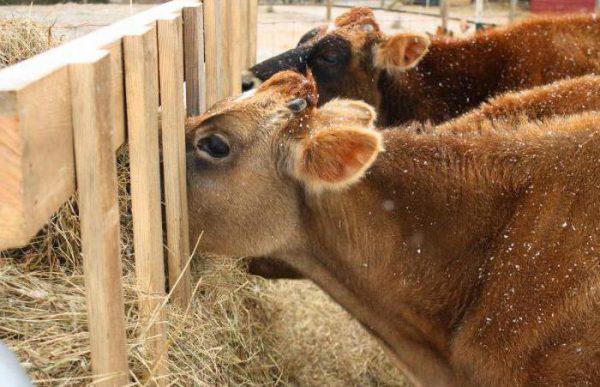
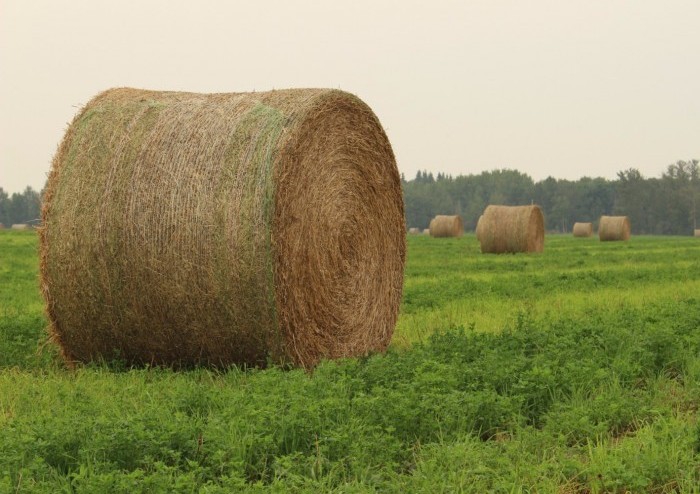

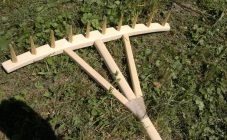
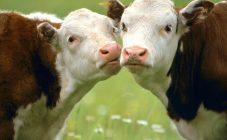
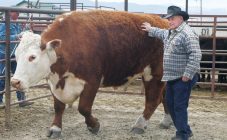







Hi. You there in the video counted 12,000 this per month ??? excuse me, I'm just going to buy a cow ... if everywhere everyone talks and writes 5 tons of hay is needed per year for one cow 1 ton of beets what a painful expensive cow will turn out ... and buy everything else ... my husband and I want to move to the village and buy 10 calves for growth ... how many calves eat hay per day .. ????